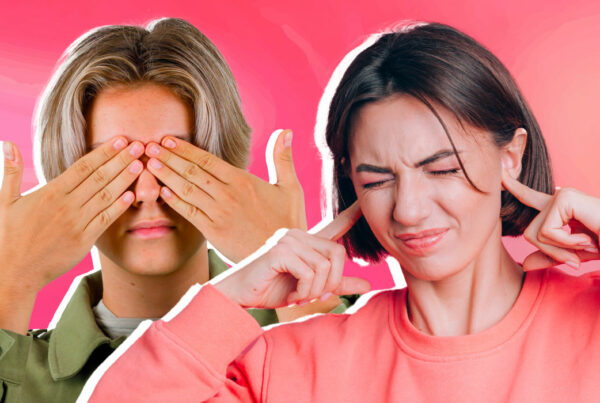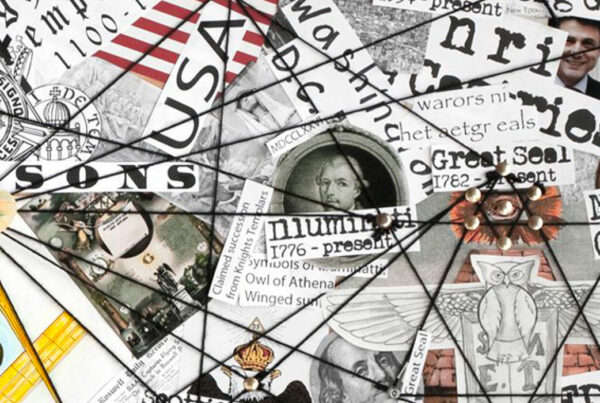You may have already heard (or thought) phrases like:
- 👥 “Fans of this club are all violent.”
- 👮 “Cops are all racist.”
- 🧕 “Veiled women are all submissive.”
- “Another migrant who… you see, they’re all like that.”
- “Young people today don’t respect anything…”
The homogeneity bias is the tendency to perceive members of a group we don’t belong to as more alike than they really are. We think that “the others” are all the same, that they have the same opinions, the same behaviors, the same flaws.
On the other hand, we tend to see our own group as more diverse, more nuanced, more complex.
| 💬 In social psychology, we speak of an ingroup (the group we belong to) and an outgroup (the outside groups). |
These generalized judgments erase individual differences and reinforce stereotypes. In reality, each individual has their own background, opinions, and choices, regardless of their actual or supposed group membership.
1- Why this reflex?
It’s a mental shortcut. Our brain loves to categorize: it’s quicker and requires less effort. Rather than analyzing each person one by one, we put them into a box.
Moreover, when we regularly interact with people from our own group, we notice their differences more easily. But for other groups, we rely on what we see from afar (in the media, on social networks, or through clichés), and we generalize.
Essentialism, stereotypes… and real danger
The homogeneity bias is often linked to another error in judgment: essentialism.
It’s the idea that members of a group all share “essential,” fixed, unchangeable characteristics. In other words: being a woman, an elderly person, a Muslim, or a foreigner would automatically mean possessing certain personality traits or behaviors.
| 🧠 Less empathy toward “the others” Research in psychology has shown that our brain reacts less intensely to the pain of those we perceive as outside our group. This unconscious mechanism reduces our empathy toward “the others” and makes it easier to accept — or ignore — their suffering.
|
These simplistic views are far from harmless. They have very concrete consequences:
🔁 Reinforcement of stereotypes and discrimination
By reducing individuals to their supposed belonging, this bias fuels discrimination — often to the detriment of minorities.
Ex.: “Roma people are thieves,” “Immigrants are freeloaders”…
📉 Justification of inequalities
Stereotypes are sometimes used to legitimize inequalities. The result? We end up normalizing racism, sexism, ageism, or even discrimination in employment, housing, or justice.
😨 Fear and rejection of otherness
If we think “the others” are all the same, it becomes easier to reject them, despise them, or even hate them.
🗣️ A breeding ground for extreme discourse and identity withdrawal
This bias feeds populist, hateful, or conspiratorial narratives, which play on the opposition “us versus them.” It creates fictitious categories (“immigrants,” “elites,” “feminists,” “wokes,” “boomers”…) as if these groups were homogeneous and naturally opposed.
🚨 Excusing the inexcusable
This logic can lead to justifying violence: racist attacks, systemic discrimination, sexual violence, police brutality… or, on a historical scale, ethnic cleansing or genocide, when an entire group is perceived as “inferior” or as a threat to eliminate.
2- How the media reinforces homogeneity bias
Some media treatments contribute, sometimes unintentionally, to reinforcing this bias. Here are some common mechanisms:
🧠 They rely on emotion and caricature: “Another migrant who…”, “Another LGBT protest that…”, etc.
🧪 They sometimes use isolated anecdotes to make people believe that a behavior is generalized to an entire group.
🔁 They reinforce the confirmation bias: “See! I told you, they’re all like that!”
3- How can we combat this bias?
Good news: like all cognitive biases, we can learn to spot it… and deconstruct it.
Here are some tips:
✅ Ask yourself: “Do I really know people from this group?”
✅ Look for diverse testimonies, stories that break stereotypes.
✅ Avoid generalizations such as “all …”, “another …”, “as usual…”.
✅ Take a step back from narratives that oppose groups in a binary way.
✅ Cultivate curiosity, not fear: reach out to others, engage in dialogue, ask questions.






